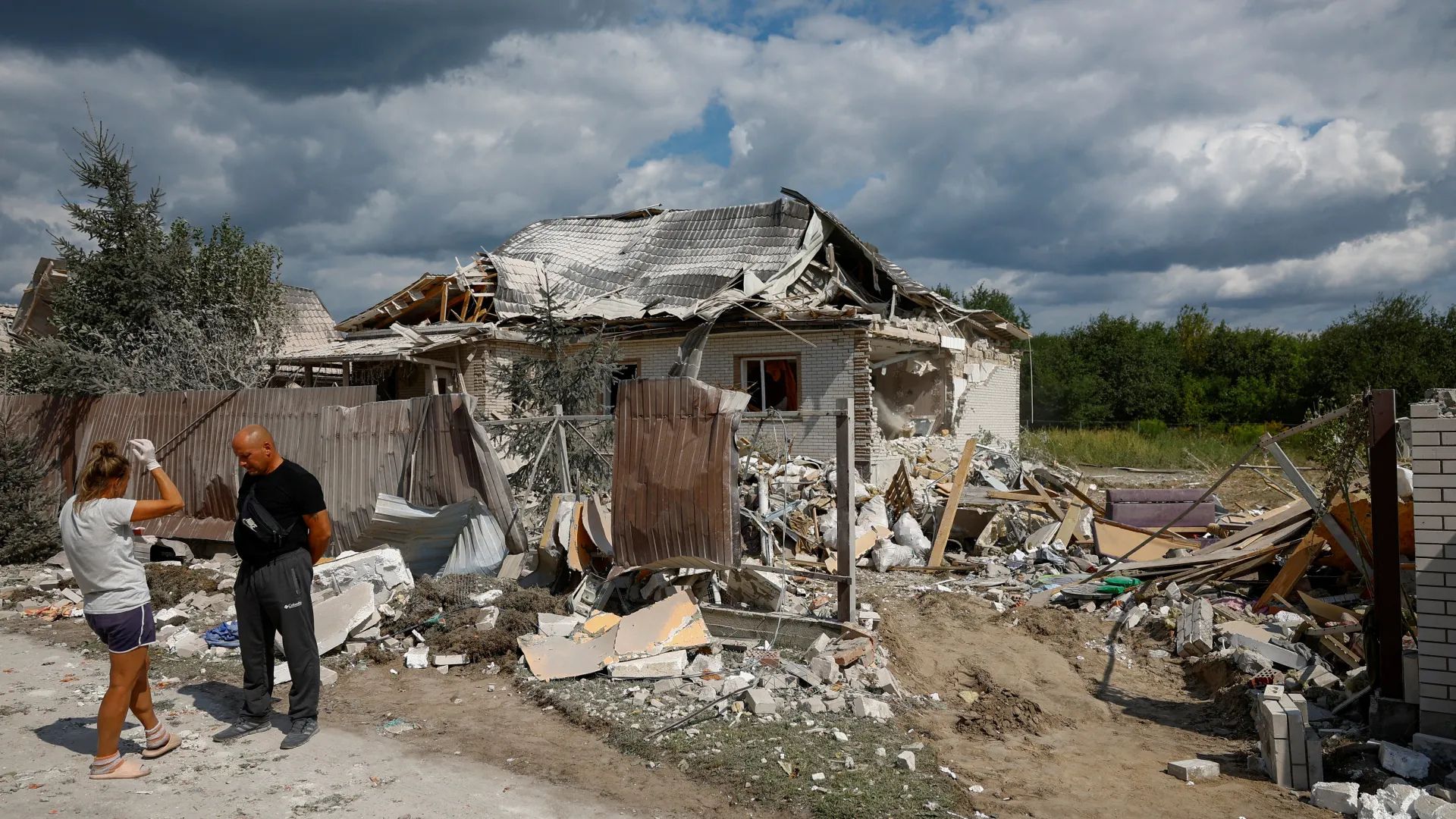
Indian Institute of Technology Madras researchers have found that the process of virus-laden droplets being transported into deep lung increases with decreasing breathing frequency.
The research team modelled the breathing frequency in a laboratory and found that low breathing frequency increases the time of residence of the virus and therefore it increases chances of deposition and consequently the infection.
Also, the multi-scale lung structure has a significant effect on a person’s susceptibility to COVID-19. Elaborating on the need for such research, Prof. Mahesh Panchagnula, Department of Applied Mechanics, IIT Madras, said, “COVID-19 has opened a gap in our understanding of deep pulmonological systemic diseases. Our study unravels the mystery behind how particles are transported and deposited in the deep lung. The study demonstrates the physical process by which aerosol particles are transported into the deep generations of the lung.”
The IIT Madras Research team imitated the droplet dynamics in the lung by studying the movement of droplets in the small capillaries which were of a diameter similar to bronchioles. They took water mixed with fluorescent particles and generated aerosols from this liquid using a nebulizer. These fluorescent aerosols were used to track the movement and deposition of particles in the capillaries. The researchers studied the movement of the fluorescent aerosol particles in capillaries of size ranging from 0.3 to 2 millimetres which covers the range of bronchiole diameters. They found that the deposition is inversely proportional to the aspect ratio of capillaries, which suggests that the droplets are likely to deposit in longer bronchioles. The scientists also studied how the ‘Reynolds Number,’ a parameter that quantifies the nature of flow – steady or turbulent, determines the deposition in the capillaries. They found that when the flow of aerosol movement is steady then the particles deposit via the process of diffusion, however, if the flow is turbulent then the particles deposit via the process of impaction.















